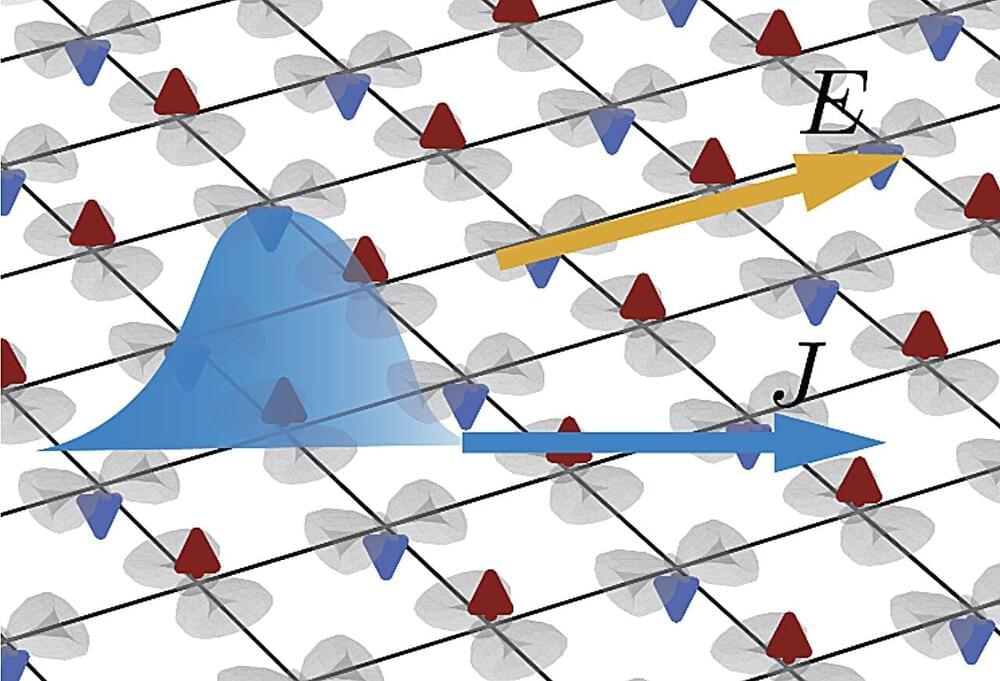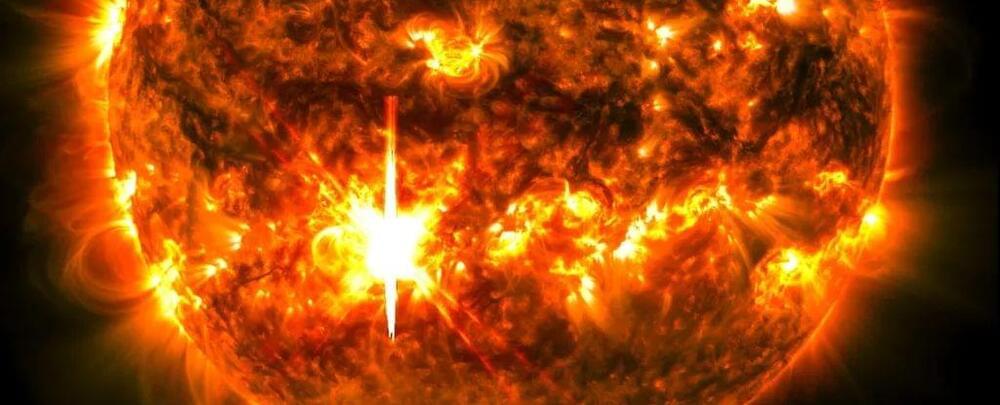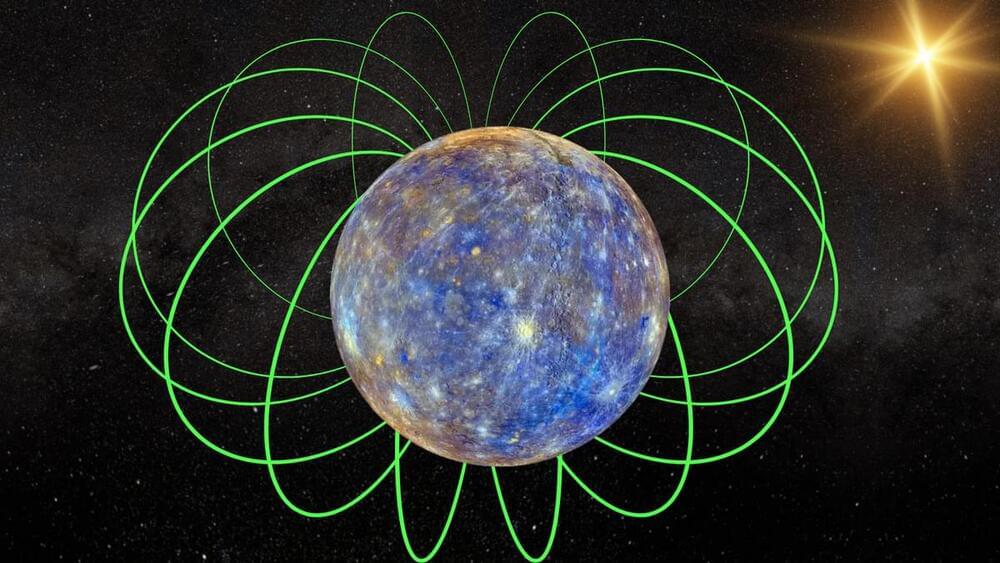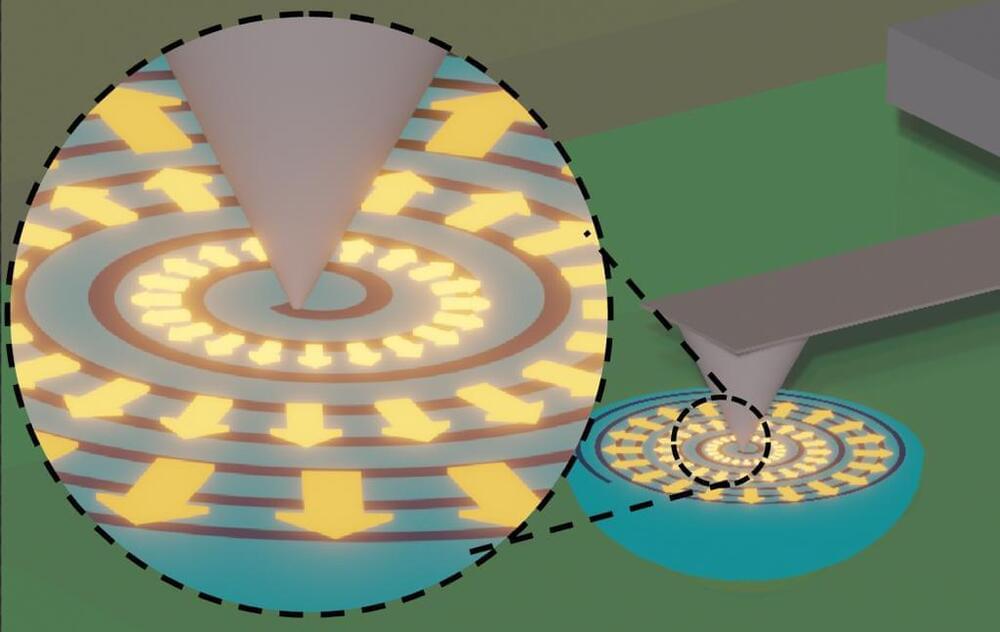Oct 11, 2024
Physicists reveal nonlinear transport induced by quantum geometry in planar altermagnets
Posted by Cecile G. Tamura in categories: particle physics, quantum physics
In the quantum world, materials called “altermagnets” behave in unique ways that could pave the way for new technologies.
This unique magnetism makes altermagnets highly promising for the development of new spintronic and electronic devices. It also opens new possibilities for the study of topological materials (i.e., systems with unique electronic properties originating from their electronic structure’s topology).
Researchers at Stony Brook University carried out a study aimed at better understanding the nonlinear response of planar altermagnets. Their paper, published in Physical Review Letters, reports the observation of a non-linear response in these materials derived from their quantum geometry.


















